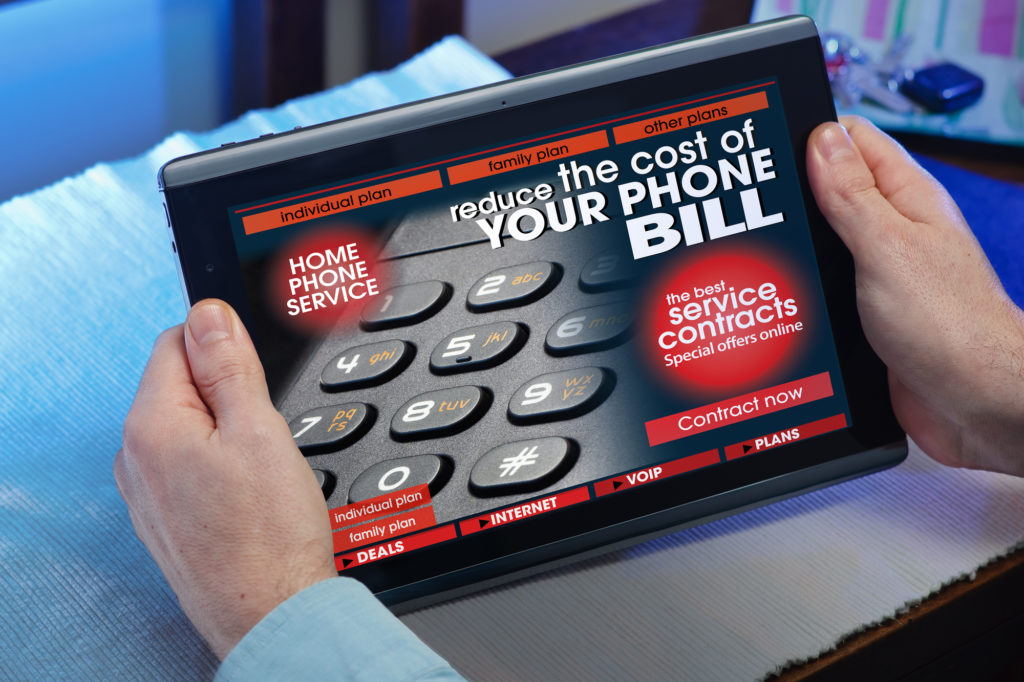(248) 817-4660
NETWORK CABLING BUSINESS PHONE SYSTEMS TROY CITY

Considerations:
Future-Proofing: If you anticipate future network upgrades and want a more “future-proof” solution, Cat 6 or Cat 6A may be preferable.
Distance: The length of the cable run can affect the choice. Cat 6 and Cat 6A are typically recommended for longer runs.
Budget: Cat 5e is cost-effective and sufficient for many applications, while Cat 6 and Cat 6A offer higher performance at a higher cost.
The choice between Cat 5e, Cat 6, and Cat 6A depends on factors such as network speed requirements, budget, and the specific demands of the environment in which the cables will be used. Each category serves different needs, so selecting the right one involves considering both current and future network requirements.
Network Cabling, Install, Repair, & Maintenance, Service Troy City
At Troy City Business Phone Systems, our unwavering commitment to surpassing client expectations is evident in our bespoke solutions meticulously crafted to meet the unique needs of your business. We prioritize the implementation of stringent safety protocols during installations, ensuring a secure and seamless setup for your communication systems. Backed by adept project management, we foster close collaboration, leveraging our expertise to deliver communication systems of exceptional quality that propel your business towards unparalleled success. Take the first step today and embark on a transformative journey towards advanced communication solutions, thoughtfully designed to elevate your business to new heights of excellence.
Cat 5e vs. Cat 6 vs. Cat 6A - which one do I need?
Cat 5e (Category 5e):
Speed and Bandwidth: Cat 5e supports speeds up to 1,000 Mbps (1 Gbps) and has a bandwidth of 100 MHz.
Suitability: Suitable for basic home and small office networks. It’s commonly used for Fast Ethernet (10/100) and Gigabit Ethernet (10/100/1000) networks.
Cost: Generally less expensive than Cat 6 and Cat 6A cables.
Advantages: Adequate for many residential and small business applications, providing a balance between performance and cost.
Cat 6 (Category 6):
Speed and Bandwidth: Cat 6 supports speeds up to 10,000 Mbps (10 Gbps) and has a bandwidth of 250 MHz.
Suitability: Ideal for larger networks and high-performance applications. Commonly used in business environments and data centers.
Cost: Moderate. Cat 6 cables are more expensive than Cat 5e but offer higher performance.
Advantages: Provides better performance and reduced crosstalk compared to Cat 5e, making it suitable for more demanding applications.
Cat 6A (Category 6A):
Speed and Bandwidth: Cat 6A supports speeds up to 10,000 Mbps (10 Gbps) and has a bandwidth of 500 MHz.
Suitability: Designed for high-performance networks, data centers, and environments with higher electromagnetic interference.
Cost: Generally more expensive than Cat 5e and Cat 6 cables due to its enhanced performance.
Advantages: Offers improved performance and enhanced shielding, providing better support for 10 Gigabit Ethernet and reducing the impact of alien crosstalk.